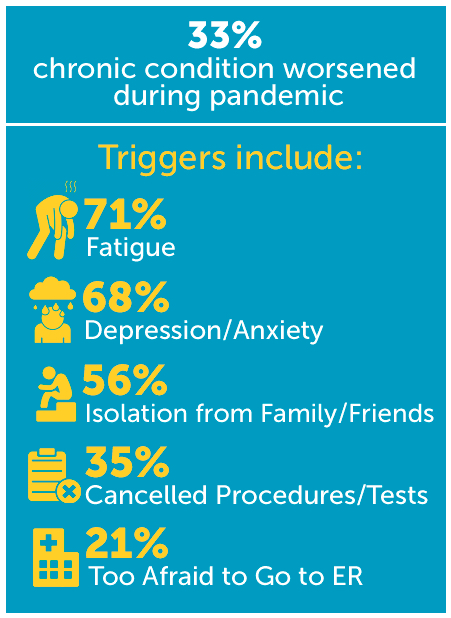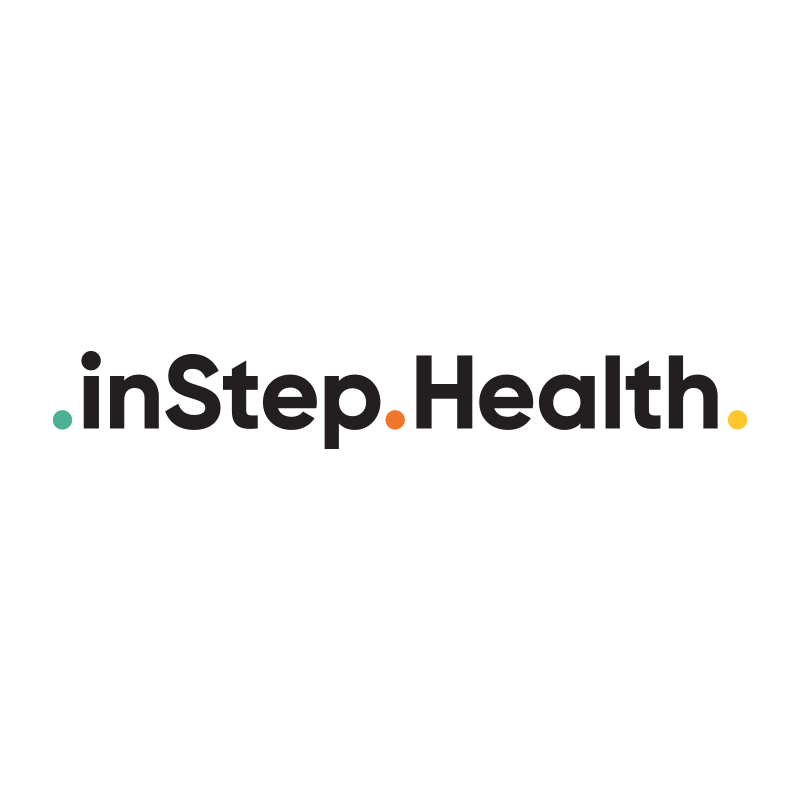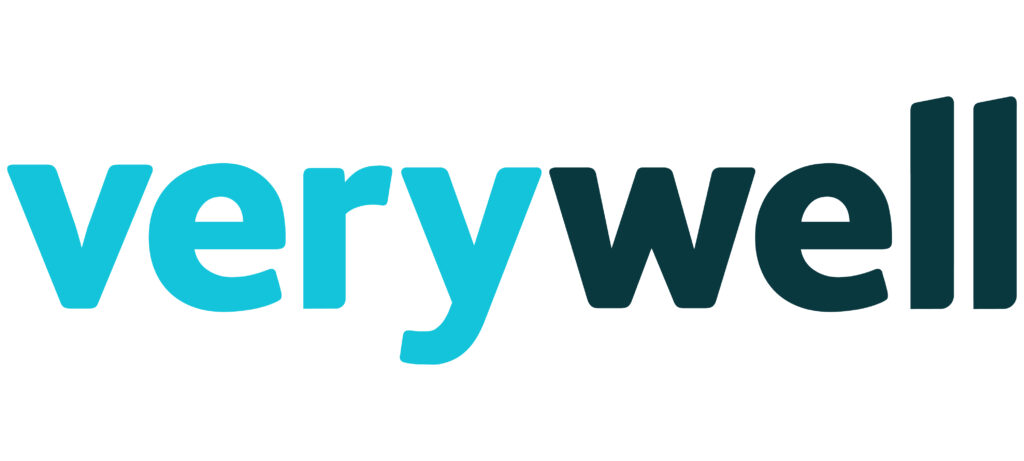For some patients, particularly those with rare diseases, determining the cause of their symptoms can be a years-long struggle. To help them find the right diagnosis, they need educational materials that can connect them to appropriate care and empower them to take control of their health.
Tara Sheehy, Director of Client Experience at Phreesia, explained those needs in a recent webinar hosted by Phreesia and The DHC Group. The industry has made great progress with patient communication and care accessibility, Sheehy said, but “There is still a huge unmet need in the market, especially with patients who have rare or complex conditions.” Indeed, approximately half of rare-disease patients wait at least a year for a definitive diagnosis, and 20% wait more than five years.
And often, even after patients have gone through a lengthy process to obtain a diagnosis, they encounter an entire new set of challenges with their treatment. For that reason, patients need quick access to accurate information that can address their concerns, reduce their anxiety about the direction of their care and foster their adherence to treatment.
As patients look for specialist care and information about their symptoms or condition, there’s an industry opportunity to provide support that can shorten their path to diagnosis. Some patients have rare diseases that their physician has never seen, making them particularly difficult to diagnose, said Anthony Scatamacchia, SVP, Innovation, Patient Services at EVERSANA. With those difficulties in mind, he believes it’s critical to equip patients with resources to advocate for themselves in addressing some of the challenges that tend to crop up early in the treatment journey.
Claudia Kanaszyc, Associate Director at Amgen, explained how her group supports patients on their journey from developing symptoms to receiving treatment by advising them to tell their doctor how their symptoms are affecting their lives. For example, if a patient says double vision is preventing them from working or driving, their doctor is more likely to understand the symptomatic effects of a disease or condition and the pressing need for treatment.
“We want to prevent the long-term damage that can’t be reversed, so we are always educating them on providing the whole picture, not just the one part,” Kanaszyc explained.
Octapharma, meanwhile, has built online hubs to support patient education. As Eric Marrero, the company’s Director, Brand Marketing and Communications, described, the hubs allow patients to connect to educational materials or to talk one-on-one with nurse educators or clinicians.
“Those two programs are built out of the insights we got from our patients and everyone who takes care of them,” Marrero said. “Each one of them has to know what it is that they have to do to move that pendulum forward.”
Those insights, which Octapharma developed through market research with patients and healthcare professionals, are particularly important at a time when companies are trying to provide tailored resources. As Sheehy put it, “Personalization is power” and a key component of campaigns that prompt patients to act.
“You really have to meet the patient where they are, understand their mindset and give them content that’s really going to resonate and trigger them to say, ‘I need to take control of my own outcome,’” Phreesia’s Sheehy said. She sees that activation as key to help patients move along their care journey, “Whether that’s to seek a diagnosis or treatment, or be adherent to their medication,” she said.
Marrero emphasized the need to continue to assess the impact of a program throughout the lifecycle of a product. The patient population and treatment landscape will evolve over time, and campaigns need to shift with them to stay relevant, he said. Scatamacchia framed the need to assess what is working as part of the successful execution of omnichannel campaigns.
“You have to make sure that you’re providing benefit to the patient, so that they are leveraging those support services, and that also means showing up in different channels,” Scatamacchia said. “That means finding the different ways to be able to engage with them and offer value that extends beyond just providing their copay.”






















